Perilla frutescens
Perilla frutescens
1. The products in our compound library are selected from thousands of unique natural products; 2. It has the characteristics of diverse structure, diverse sources and wide coverage of activities; 3. Provide information on the activity of products from major journals, patents and research reports around the world, providing theoretical direction and research basis for further research and screening; 4. Free combination according to the type, source, target and disease of natural product; 5. The compound powder is placed in a covered tube and then discharged into a 10 x 10 cryostat; 6. Transport in ice pack or dry ice pack. Please store it at -20 °C as soon as possible after receiving the product, and use it as soon as possible after opening.
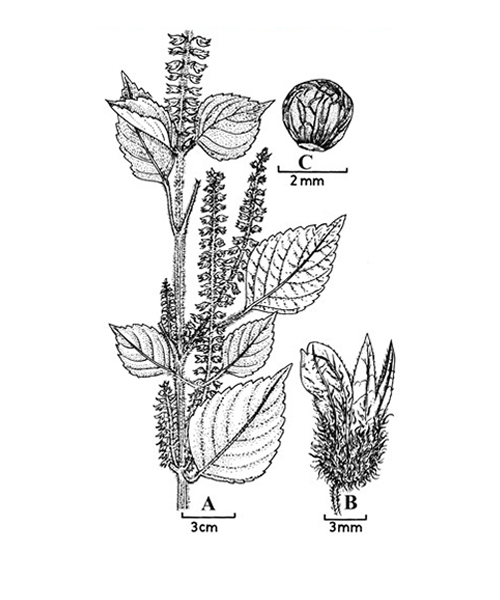
Natural products/compounds from Perilla frutescens
- Cat.No. Product Name CAS Number COA
-
BCN5816
4-Hydroxybenzaldehyde123-08-0
Instructions
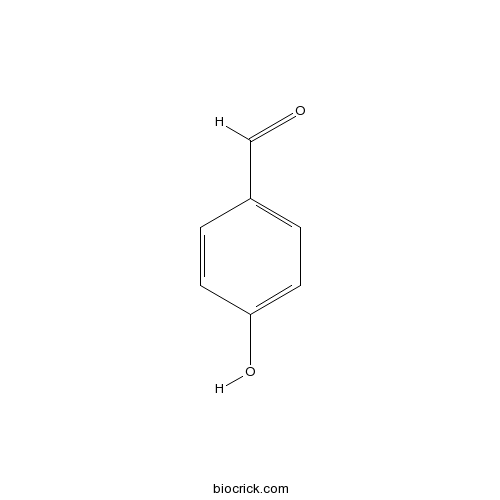
-
BCN5936
Curdione13657-68-6
Instructions
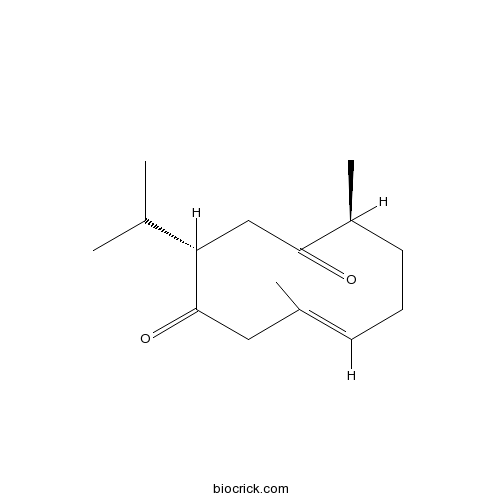
-
BCN8294
Perillaldehyde18031-40-8
Instructions

-
BCN5893
Rosmarinic acid20283-92-5
Instructions

-
BCN5902
Scutellarin27740-01-8
Instructions

-
BCN5905
6,7-Dihydroxycoumarin305-01-1
Instructions
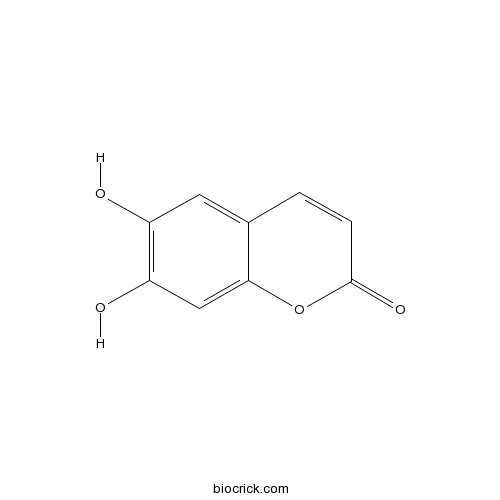
-
BCN5979
Caffeic acid331-39-5
Instructions
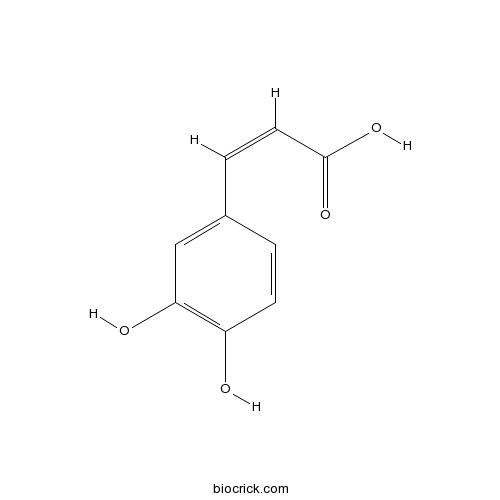
-
BCN8319
alpha-Linolenic acid463-40-1
Instructions
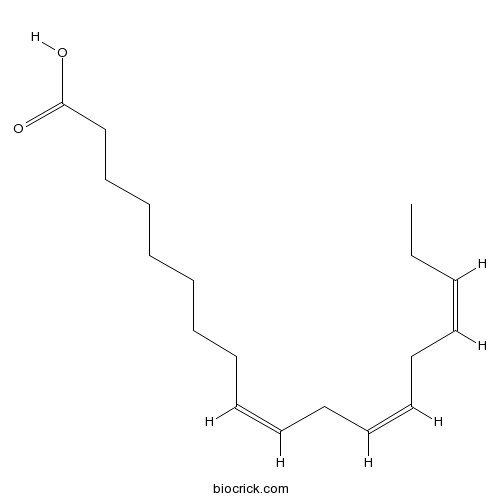
-
BCN5600
Luteolin491-70-3
Instructions
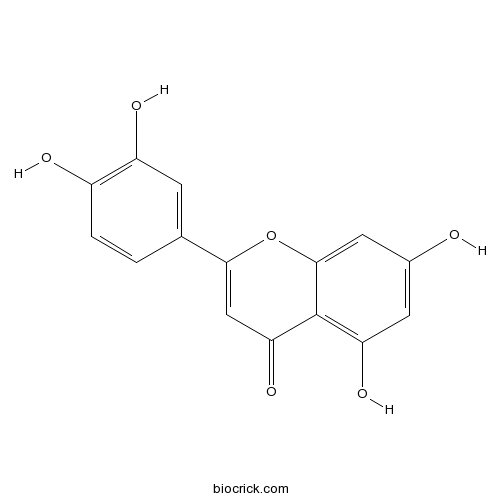
-
BCN5616
Oleanolic acid508-02-1
Instructions

-
BCN5658
Apigenin520-36-5
Instructions

-
BCN6527
Perillen539-52-6
Instructions

-
BCN4544
4'-Hydroxyacetophenone99-93-4
Instructions
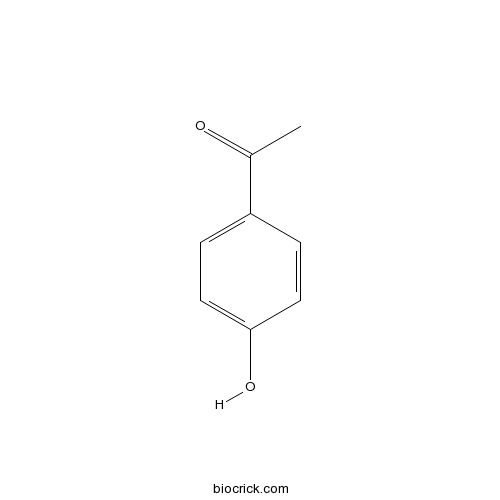
Genetic diversity and population structure among accessions of Perilla frutescens (L.) Britton in East Asia using new developed microsatellite markers.[Pubmed: 30105737]
SSRs were successfully isolated from the Perilla crop in our current study, and used to analyze Perilla accessions from East Asia. Analyses of the clear genetic diversity and relationship for Perilla crop still remain insufficient. In this study, 40 new simple sequence repeat (SSR) primer sets were developed from RNA sequences using transcriptome analysis. These new SSR markers were applied to analyze the diversity, relationships, and population structure among 35 accessions of the two cultivated types of Perilla crop and their weedy types. A total of 220 alleles were identified at all loci, with an average of 5.5 alleles per locus and a range between 2 and 10 alleles per locus. The MAF (major allele frequency) per locus varied from 0.229 to 0.943, with an average of 0.466. The average polymorphic information content (PIC) value was 0.603, ranging from 0.102 to 0.837. The genetic diversity (GD) ranged from 0.108 to 0.854, with an average of 0.654. Based on population structure analysis, all accessions were divided into three groups: Group I, Group II and the admixed group. This study demonstrated the utility of new SSR analysis for the study of genetic diversity and population structure among 35 Perilla accessions. The GD of each locus for accessions of cultivated var. frutescens, weedy var. frutescens, cultivated var. crispa, and weedy var. crispa were 0.415, 0.606, 0.308, and 0.480, respectively. Both weedy accessions exhibited higher GD and PIC values than their cultivated types in East Asia. The new SSR primers of Perilla species reported in this study may provide potential genetic markers for population genetics to enhance our understanding of the genetic diversity, genetic relationship and population structure of the cultivated and weedy types of P. frutescens in East Asia. In addition, new Perilla SSR primers developed from RNA-seq can be used in the future for cultivar identification, conservation of Perilla germplasm resources, genome mapping and tagging of important genes/QTLs for Perilla breeding programs.
Antiobesity Effects of Purple Perilla (Perilla frutescens var. acuta) on Adipocyte Differentiation and Mice Fed a High-fat Diet.[Pubmed: 30070698]
Purple perilla (PE) is a medicinal plant that has several health benefits. In this study, the antiobesity effect of PE was studied in 3T3-L1 preadipocytes and C57BL/6J mice fed high-fat diets. Triglyceride quantification and Oil Red O staining in matured adipocytes revealed that PE reduced lipid accumulation in differentiated adipocytes by downregulating adipogenic gene and upregulating lipolytic gene expressions. Mice were fed normal diet, high-fat diet and high-fat diet supplemented with different concentrations of PE. Treatment with PE significantly prevented body weight gain, improved serum lipids, hepatic lipids and reduced the epididymal fat. Furthermore, in the adipose tissue and liver, expression of genes related to lipolysis and fatty acid β-oxidation were upregulated in PE- treated mice. Thus, our results suggested that PE has antiobesity effects in rodents and can be effective in obesity management.
Anticancer potential of rosmarinic acid and its improved production through biotechnological interventions and functional genomics.[Pubmed: 30022261]
Rosmarinic acid (RA) is a highly valued natural phenolic compound that is very commonly found in plants of the families Lamiaceae and Boraginaceae, including Coleus blumei, Heliotropium foertherianum, Rosmarinus officinalis, Perilla frutescens, and Salvia officinalis. RA is also found in other members of higher plant families and in some fern and horned liverwort species. The biosynthesis of RA is catalyzed by the enzymes phenylalanine ammonia lyase and cytochrome P450-dependent hydroxylase using the amino acids tyrosine and phenylalanine. Chemically, RA can be produced via methods involving the esterification of 3,4-dihydroxyphenyllactic acid and caffeic acid. Some of the derivatives of RA include melitric acid, salvianolic acid, lithospermic acid, and yunnaneic acid. In plants, RA is known to have growth-promoting and defensive roles. Studies have elucidated the varied pharmacological potential of RA and its derived molecules, including anticancer, antiangiogenic, anti-inflammatory, antioxidant, and antimicrobial activities. The demand for RA is therefore, very high in the pharmaceutical industry, but this demand cannot be met by plants alone because RA content in plant organs is very low. Further, many plants that synthesize RA are under threat and near extinction owing to biodiversity loss caused by unscientific harvesting, over-collection, environmental changes, and other inherent features. Moreover, the chemical synthesis of RA is complicated and expensive. Alternative approaches using biotechnological methodologies could overcome these problems. This review provides the state of the art information on the chemistry, sources, and biosynthetic pathways of RA, as well as its anticancer properties against different cancer types. Biotechnological methods are also discussed for producing RA using plant cell, tissue, and organ cultures and hairy-root cultures using flasks and bioreactors. The recent developments and applications of the functional genomics approach and heterologous production of RA in microbes are also highlighted. This chapter will be of benefit to readers aiming to design studies on RA and its applicability as an anticancer agent.
Purification and identification of two novel antioxidant peptides from perilla (Perilla frutescens L. Britton) seed protein hydrolysates.[Pubmed: 29985955]
Proteins were extracted from perilla (Perilla frutescens L. Britton) seed by-products and hydrolyzed with an alkaline protease. Antioxidant peptides were purified from the hydrolysate by size-exclusion chromatography and RP-HPLC. Two peptides with strong antioxidant activity were identified as Tyr-Leu (YL) and Phe-Tyr (FY) with the molecular mass of 294.33 Da and 328.33 Da, respectively. Synthesized YL and FY efficiently quenched free radicals (DPPH, ABTS and hydroxyl radicals) and showed high oxygen radical absorbance capacity. The two peptides also inhibited lipid peroxidation in the rat liver. Furthermore, YL and FY could protect HepG-2 cells against hydrogen peroxide-induced oxidative damage without cytotoxicity. Based on the structure-activity analysis, the Tyr residue was crucial for the antioxidant activity of YL and FY. The results indicate that the protein hydrolysate from perilla seed by-products possessed potent biological activity and can be utilized to develop health-related nutraceutical ingredients.
[Effect of compound planting on soil physical and chemical properties and soil enzyme activities of Salvia miltiorrhiza].[Pubmed: 29950064]
The effects of four kinds of different plant populations on the soil physical and chemical properties and soil enzyme activities of Salvia miltiorrhiza were analyzed by setting up four kinds of mixed planting groups, such as S. miltiorrhiza and Cassia obtusifolia, Capsicum annuum, Perilla frutescens and Zea mays. And through the root isolation treatment, we preliminarily explored the formation mechanism of the four kinds of matching plants of soil physical and chemical properties and soil enzyme activities of S. miltiorrhiza, and chose the matching plants suitable for the establishment of the compound population with S. miltiorrhiza,and provided the basis for constructing high efficiency compound planting pattern of S. miltiorrhiza. The results showed that there were significant differences in soil physical and chemical properties and soil enzyme activitiesof Salvia miltiorrhiza in different compound population mixed.The combination of C. obtusifolia, P. frutescens, Z. mays and S. miltiorrhiza mixed planting were all reduced the soil cation exchange capacity and soil enzyme activities, and increased the soil electric conductivity. The compound planting of P. frutescens and S. miltiorrhiza increased the soil cation exchange capacity and soil enzyme activities, and reduced the soil electric conductivity. Therefore,The compound planting population of P. frutescens and S. miltiorrhiza is conducive to improve soil physical and chemical properties and increase soil microbial activity, which is the best collocation species of S. miltiorrhiza.
[Effects of compound planting on growth and quality of Salvia miltiorrhiza].[Pubmed: 29902891]
The effects of four kinds of different plant populations on the morphology, the dry matter accumulation, active ingredient content and antioxidant activty in vitro of Salvia miltiorrhiza were analyzed by setting up four kinds of mixed planting groups, such as S. miltiorrhiza and Cassia obtusifolia, Capsicum annuum, Perilla frutescens and Zea mays. And through the root isolation treatment, we preliminarily explored the formation mechanism of the four kinds of matching plants of the yield and quality of S. miltiorrhiza, and chose the matching plants suitable for the establishment of the compound population with S. miltiorrhiza,and provided the basis for constructing high efficiency compound planting pattern of S. miltiorrhiza. The results showed that there were significant differences in plant morphology, dry matter accumulation of root, active ingredient content and antioxidant activty in vitro of S. miltiorrhiza in different compound population mixed. The growth and yield of S. miltiorrhiza were unfavorable to the combination planting of Cassia obtusifolia, Z. mays and Salvia miltiorrhiza.The compound planting of P. frutescens and S. miltiorrhiza significantly promoted the growth of S. miltiorrhiza, but significantly reduced the quality of S. miltiorrhiza.The yield and quality of S. miltiorrhiza were significantly improved by the combination of C. annuum and S. miltiorrhiza. Therefore, among the four plants of C. obtusifolia, C. annuum, P. frutescens, and Z. mays, the P. frutescens of Solanaceae is the best matching species for the construction of compound planting group with S. miltiorrhiza.
Perilla aldehyde attenuates CUMS-induced depressive-like behaviors via regulating TXNIP/TRX/NLRP3 pathway in rats.[Pubmed: 29800538]
Current evidence supports that inflammatory reaction in the hippocampus is a potential cause of major depressive disorder (MDD). Perilla aldehyde (PAH), a major constituent from Perilla frutescens, has been reported to have anti-inflammatory and anti-oxidant activity. The aim of this study is to explore the antidepressant-like effect and the underlying mechanism of PAH on the rats model induced by chronic unpredictable mild stress (CUMS).


